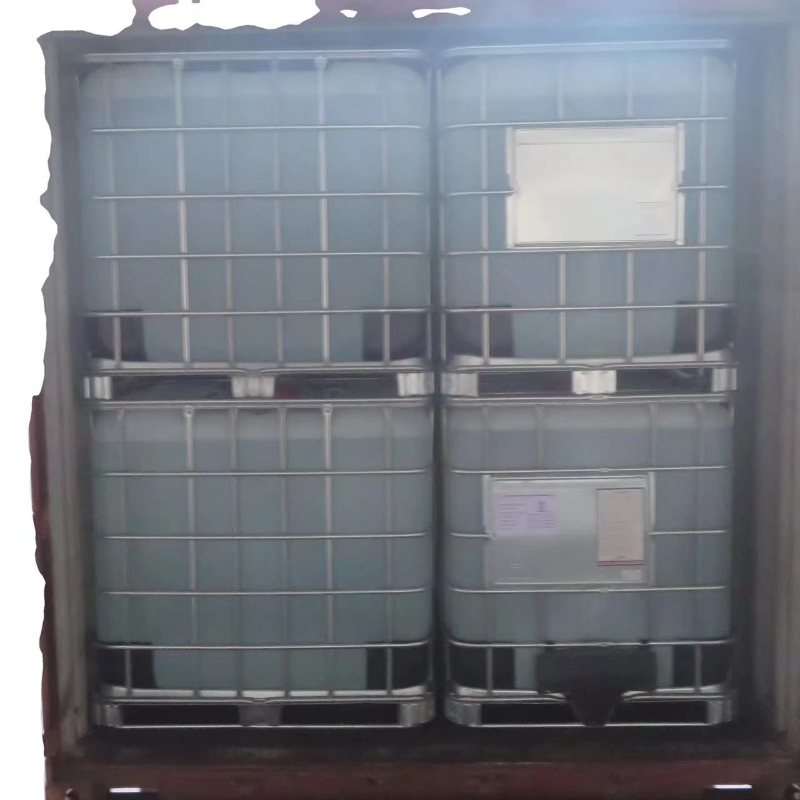-
Categories
-
Pharmaceutical Intermediates
-
Active Pharmaceutical Ingredients
-
Food Additives
- Industrial Coatings
- Agrochemicals
- Dyes and Pigments
- Surfactant
- Flavors and Fragrances
- Chemical Reagents
- Catalyst and Auxiliary
- Natural Products
- Inorganic Chemistry
-
Organic Chemistry
-
Biochemical Engineering
- Analytical Chemistry
- Cosmetic Ingredient
-
Pharmaceutical Intermediates
Promotion
ECHEMI Mall
Wholesale
Weekly Price
Exhibition
News
-
Trade Service
The latest research on the core abstract of pixabay.
com shows that in April 2020, the overall infection rate of the new coronavirus among residents in Wuhan was 6.
92%, and 82.
1% of the antibody-positive residents did not show obvious clinical symptoms.
Some experts commented that although the article showed that the neutralizing antibody can be maintained for more than 9 months, the titer is obviously very low, and it is probably not enough to prevent re-infection by the virus.
Written by Yao Yong, editor in charge | Ji Yongsheng ● ● ●It has been nearly a year and a half since the outbreak of the new crown pneumonia.
At first, in the face of an unknown potent pathogen, the government took strong control measures to effectively prevent the rapid spread of the epidemic.
Subsequently, scientific and technological workers gradually mapped out the true face of the new coronavirus, and health departments at all levels continued to improve their strategies for diagnosis and treatment of new coronary pneumonia.
It can be said that thanks to the efforts of all parties, our attitude towards the new crown virus has gradually changed from panic to calm.
But regarding the new crown pneumonia epidemic, scientists still have many questions: How high is the infection rate of the new crown virus? What kind of dynamic changes does the human immune response stimulated? Now is the time for us to think about these issues.
On March 19, 2021, The Lancet published a paper by a research team led by Academician Wang Chen of the Chinese Academy of Medical Sciences and Peking Union Medical College [1].
The results of the paper showed that in April 2020 (the lockdown of Wuhan city was lifted), the seropositive rate of new coronavirus seroantibodies among Wuhan residents participating in the investigation was 5.
6%.
Based on this result, the overall infection rate of the new coronavirus among residents in Wuhan at that time was 6.
92%.
It is worth mentioning that 82.
1% of antibody-positive residents did not show obvious clinical symptoms.
"This is a meaningful study, and it can be said that everyone has been looking forward to it for a long time.
The results are interesting, but not very surprising.
The total antibody positive rate is 6.
92%, which is not much different from the previous estimates of international counterparts.
This number is of course very different from the originally reported Wuhan infection rate, mainly because the vast majority are asymptomatic carriers, accounting for more than 82%.
This number is directly related to the age group sampled, because the population of 18-65 years old accounts for 80%; the younger the age, the more asymptomatic carriers of the virus.
Most of them are asymptomatic carriers, and the positive rate of neutralizing antibodies is not high, accounting for about 2% of the total.
"The Ohio State University Institute of Infectious Diseases Professor Liu Shanlu commented in an interview with Intellectuals.
In April 2020, the lockdown of Wuhan ended.
The
research team conducted multi-stage clustering in 13 districts and 100 communities in Wuhan.
The random sampling method started a long-term seroepidemiological follow-up study.
The team collected a total of 3556 households and 9542 residents' blood samples for detection of antibodies to the new coronavirus.
It
should be noted that these residents have been since December 1, 2019.
Live in Wuhan for at least 14 days from the date of the
test .
At the same time, all residents who participated in the test provided personal information in the form of electronic questionnaires, whether they had any clinical symptoms related to new coronary pneumonia, and whether they were diagnosed with new coronavirus infection.
The
results showed that 532 residents from 391 families were positive for the new coronavirus antibody, accounting for 5.
6% of the total number of residents interviewed.
Among the residents who were positive for the new coronavirus antibody, 437 people said they had no clinical symptoms related to new coronary pneumonia, the proportion was as high as 82.
1%.
After statistical processing, the researchers estimated that the overall infection rate of residents in Wuhan at that time was 6.
92%, and the asymptomatic infection rate was 5.
99%.
Figure 1.
The antibody dynamics of the new coronavirus antibody-positive population.
(Source: Reference [1]) The study also found that only 212 (39.
8%) of the entire antibody-positive population had neutralizing antibodies, that is, antibodies that can effectively block the virus.
Among them, confirmed patients and symptomatic infected The positive ratio of neutralizing antibodies was significantly higher than that of asymptomatic infections.
In order to reveal the changing laws of antibodies, the researchers also followed up with antibody-positive residents, and collected blood samples of some antibody-positive residents in June 2020 and October-December 2020, respectively.
The results showed that the proportion of neutralizing antibody-positive residents during the two follow-up periods did not decrease, being 44.
6% and 41.
2%, respectively.
In the study, a total of 335 antibody-positive residents fully participated in the investigation and provided 3 blood samples for initial testing and follow-up testing.
Researchers found that the neutralizing antibody levels in the blood of these people did not significantly decrease in a period of up to nine months, and the median titers were 1/5.
6, 1/5.
6, and 1/6.
3 (Editor's note: The titer of neutralizing antibody can be used to express the concentration of neutralizing antibody that recognizes a specific epitope.
The
larger the denominator, the higher the titer).
In response to this discovery, Liu Shanlu said that although the article showed that the neutralizing antibody can be maintained for more than 9 months, the titer is obviously very low-"I think it is probably not enough to prevent re-infection with the virus, let alone some mutated viruses.
a.
recent studies in primates showed that neutralizing antibody titers of 1:50 or more at least it may have a protective effect, for the needs of people infected is unclear how high titer.
"the authors also pointed out that the Limitations of the study: Most of the antibody-positive residents have no clinical symptoms, so researchers cannot determine the specific date of infection in this group; the memory integrity and information accuracy (memory bias) of the survey participants may also affect the statistical results.
Liu Shanlu commented that virus antibody testing is a very effective method for detecting past infections, and it is also very helpful for virus traceability research.
Virologists have always suggested that all parts of the world, not just Wuhan, should do a multi-blind antibody screening of the stored serum samples of respiratory patients in the second half of 2019, which is of great significance for traceability research.
The same method can also be applied to detect bats and related suspicious animals.
Note: Di Li will also contribute to this article.
References: [1] Zhenyu He, Lili Ren, Juntao Yang, et al,.
Seroprevalence and humoral immune durability of anti-SARS-CoV-2 antibodies in Wuhan, China: a longitudinal, population-level, cross-sectional study.
Lancet 2021; 397: 1075-84.
Plate making editor | Lucas END







